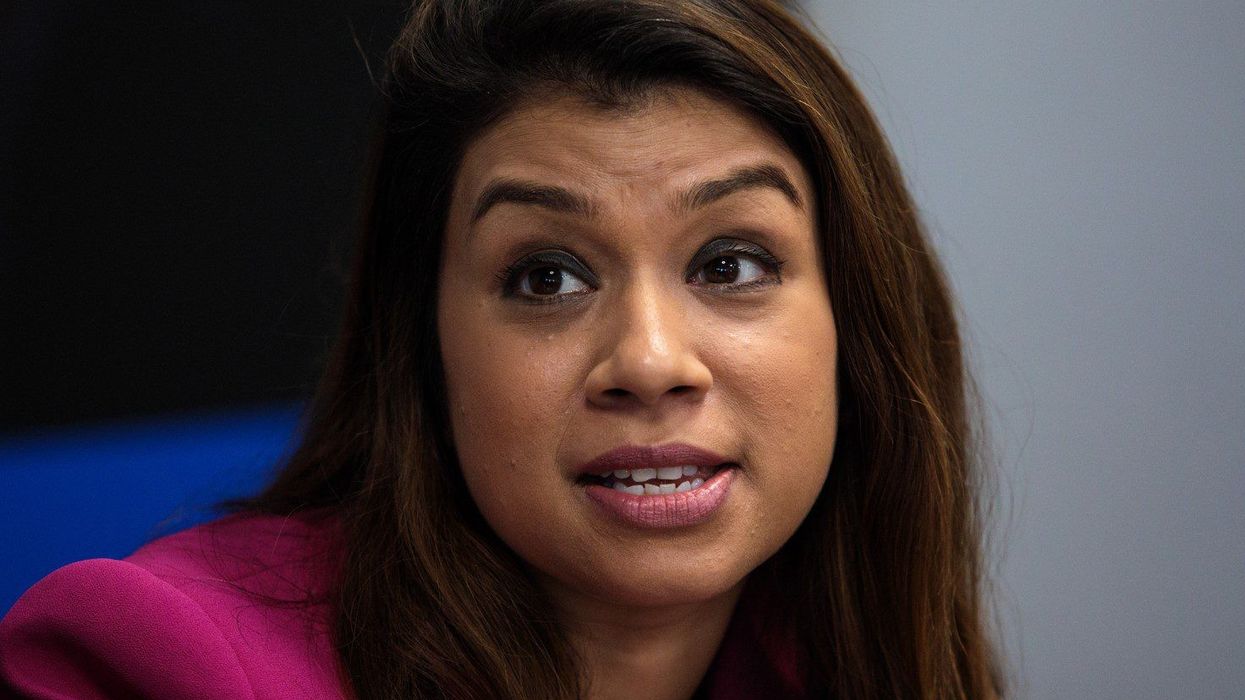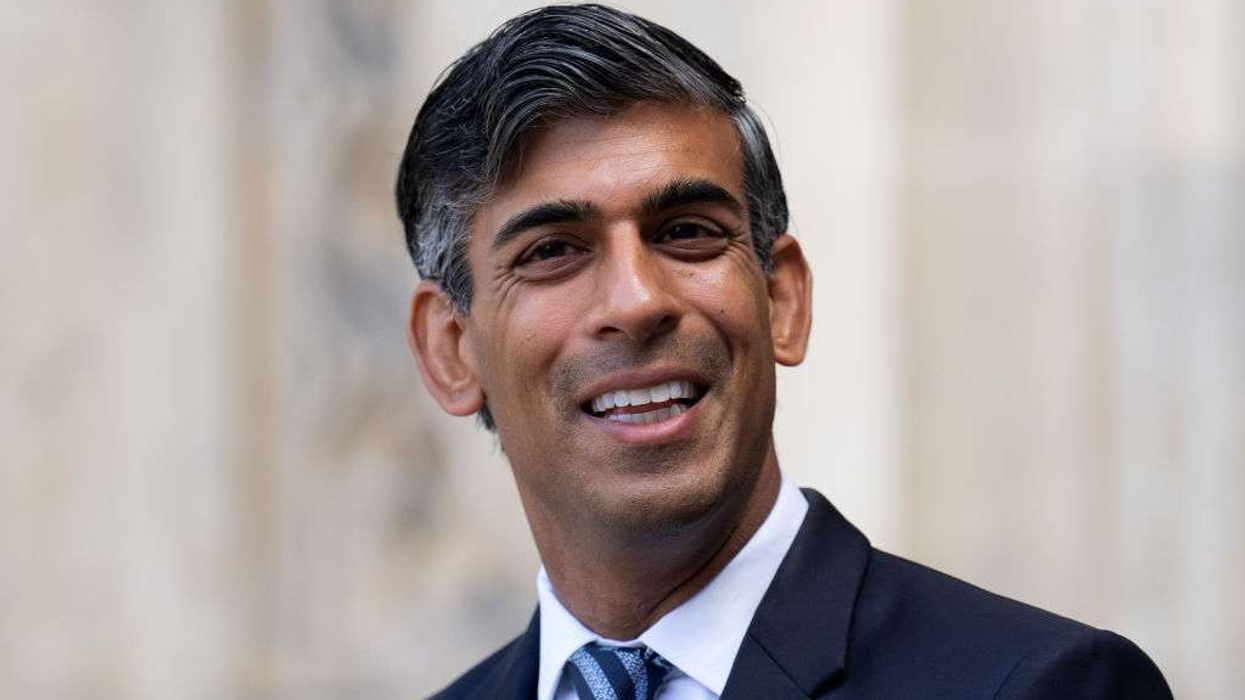FORMER US president Donald Trump praised his choice for vice president, JD Vance, during a jubilant speech in Florida on Wednesday (6).
During the speech, he was particularly keen to highlight Vance's fighting spirit.
"Our next vice president is quite the fighter," Trump told his supporters. "Whenever I ask him to face our critics on television, he jumps at the chance. He'll go straight onto CNN or MSNBC and take them head-on."
Trump made sure to mention Vance's wife Usha, describing her as "absolutely remarkable and beautiful".
Usha, who comes from an Indian background and works as a lawyer in San Francisco, has been a steady supporter of her husband throughout the campaign.
At just 40 years old, Vance is set to become America's youngest-ever vice president.
Speaking at the rally, he thanked Trump and promised to help rebuild the American economy.
He said, "We've just seen the biggest political comeback ever in this country. With president Trump leading the way, we'll create the strongest economic recovery America has ever had."
He's stirred up quite a bit of controversy lately, particularly with his remarks about immigration and women's rights.
The making of America's next vice president
Born James Donald Bowman in Middletown, Ohio, JD Vance's life story reflects a remarkable journey through America's heartland. Born to parents of Scottish descent, Don and Bev Bowman, young James' early life was marked by significant changes. After his parents divorced, his mother changed his middle name to David, and he later adopted her maiden name, Vance.
JD Vance (R-OH) (R) and his wife Usha Vance (L) fill out their ballots with their children at a polling place on November 5, 2024 in Cincinnati, Ohio. (Photo by Stephen Maturen/Getty Images)Raised primarily by his maternal grandparents due to his mother's struggles with substance abuse, Vance's grandmother "Mamaw" played a crucial role in his upbringing. Despite the challenges of growing up in Ohio's Rust Belt, where once-prosperous manufacturing towns were declining, Vance found his path forward through education and military service.
After finishing at Middletown High School in 2003, Vance joined the US Marine Corps. His four-year service included a six-month deployment in Iraq, an experience that profoundly shaped him.
Following his military service, Vance pursued higher education with remarkable success. He earned a bachelor's degree in political science and philosophy from Ohio State University in 2009, followed by a law degree from Yale in 2013.
Vance shot to fame with his 2016 memoir "Hillbilly Elegy", which became a bestseller and was later adapted into a Netflix film. The book chronicled his journey from a challenging childhood in Ohio to the halls of Yale, resonating with readers nationwide.
Donald Trump, in announcing Vance as his running mate, specifically praised the book for championing America's working class.
Vance entered politics and won election as Ohio's junior senator in 2022, taking office in January 2023.
Indian American pride
Usha, 38, could become the first Indian American second lady. She would be the first Hindu spouse of a vice president, succeeding second gentleman Doug Emhoff, who is the first Jewish spouse of a vice president, according to The New York Post.
The daughter of Indian immigrants, Usha grew up in a San Diego suburb. Friends from her childhood described her as a leader and a bookworm.
As of 2014, she was a registered Democrat. Usha is a graduate of Yale Law School and works as a civil litigation attorney at Munger, Tolles & Olson LLP. She has clerked for Supreme Court Chief Justice John Roberts and Justice Brett Kavanaugh while he was a judge on the US Court of Appeals for the DC Circuit.
Usha and Vance met at Yale Law School. The Vances married in 2014 in Kentucky and were blessed by a Hindu priest at a separate event. They have three children: sons Ewan and Vivek, and a daughter named Mirabel.
In a joint interview with her husband few months ago, Usha said she was reluctant to gain greater public exposure.
Reflecting on JD Vance's successful 2022 Senate campaign, she described it as "an adventure" but added, "I'm not raring to change anything about our lives right now." She expressed her support for her husband, saying, "I believe in JD and I really love him, and so we'll just sort of see what happens with our life."
Vance mentioned that his wife is "not a Christian" but is "very supportive" of his deepening faith. Addressing the challenges of an interfaith marriage, Usha said, “There are a lot of things that we just agree on, especially when it comes to family life, how to raise our kids. And so I think the answer really is, we just talk a lot.”
Before law school, Usha earned a bachelor's degree in history from Yale and a Master of Philosophy degree from the University of Cambridge.
(with inputs from agencies)














